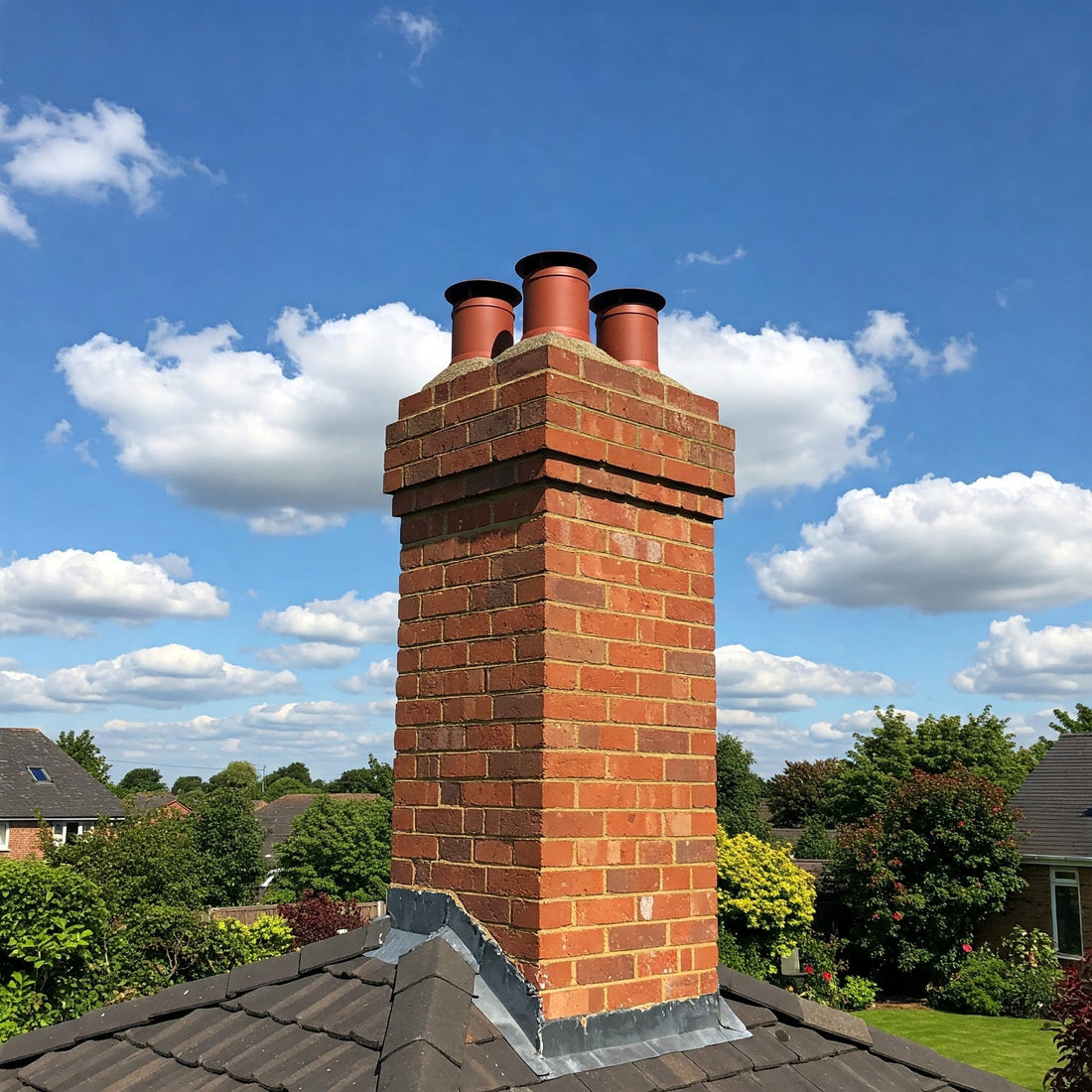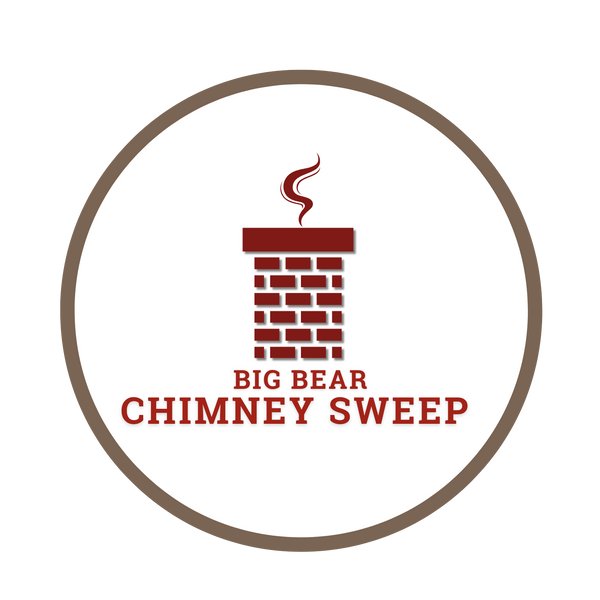
The Perfect Formula for a Healthy Chimney: What Your Chimney Sweep Includes
Share
A well-maintained chimney is the key to a safe and efficient home heating experience. Regular chimney sweeping not only ensures safety but also enhances the performance of your fireplace or heating appliance. But what exactly does a professional chimney sweep include? Let’s dive into the perfect formula for a healthy chimney and what you should expect during a chimney sweep service.
1. Initial Inspection
The first step in any chimney sweep service is a thorough inspection. A certified chimney technician will assess the condition of the chimney, looking for signs of damage, blockages, or buildup. They may perform a Level 1, 2, or 3 inspection, depending on your chimney’s history and needs.
-
Level 1: Basic inspection for accessible parts of the chimney.
-
Level 2: Includes video scanning of the flue and internal structure, recommended when selling a home or after natural events like earthquakes.
-
Level 3: In-depth inspection, including removal of chimney components if needed, for serious issues.
2. Cleaning the Flue and Chimney Interior
One of the primary purposes of a chimney sweep is to remove creosote, soot, and debris from the chimney flue. Creosote, a byproduct of burning wood, is highly flammable and poses a significant fire risk if not removed. A professional will use specialized brushes and vacuums to ensure a clean and safe flue.
3. Clearing Blockages
Chimneys can become home to debris such as leaves, animal nests, and other obstructions. These blockages can prevent proper ventilation, leading to dangerous situations like carbon monoxide buildup. During the sweep, technicians will clear any obstructions to maintain a safe airflow.
4. Checking the Chimney Cap and Flashing
A chimney cap prevents water, debris, and animals from entering your chimney, while the flashing keeps water from seeping into your roof where the chimney meets it. Technicians will inspect these components to ensure they are in good condition and functioning properly.
5. Addressing Structural Concerns
Chimneys endure constant exposure to the elements, which can lead to cracks, leaks, and deterioration. A good chimney sweep includes checking for structural issues, such as damaged bricks, mortar joints, or a compromised chimney crown.
6. Documentation and Recommendations
After the chimney sweep is complete, you should receive documentation of the work performed, along with any recommendations for repairs or maintenance. This report is invaluable for maintaining the longevity and safety of your chimney.
Conclusion: A Clean Chimney is a Safe Chimney
Regular chimney sweeps are essential for both safety and efficiency. By ensuring your chimney is clean, clear of obstructions, and in good structural condition, you can enjoy your fireplace with peace of mind. Schedule a professional chimney sweep today to keep your home safe and warm all season long!
